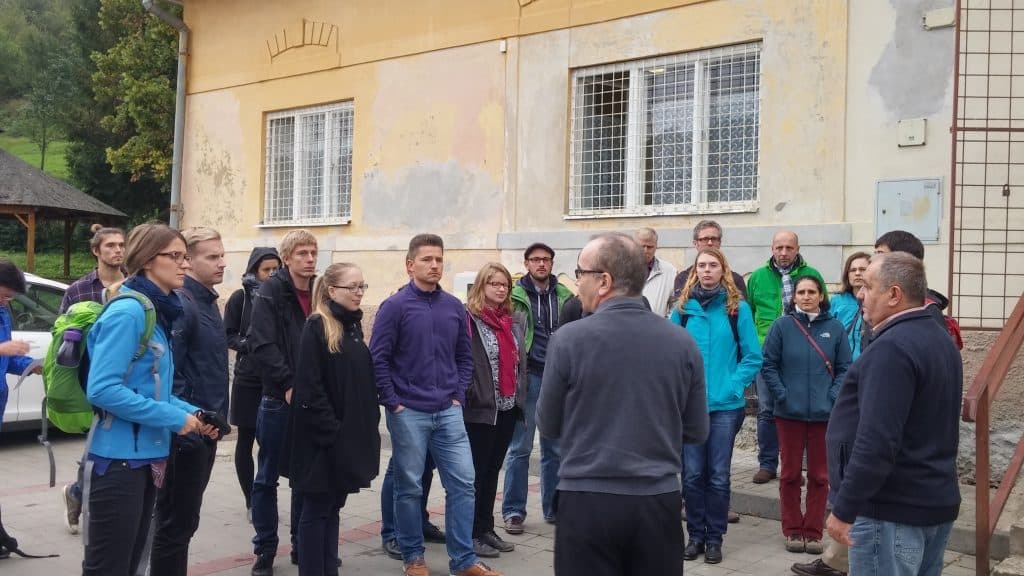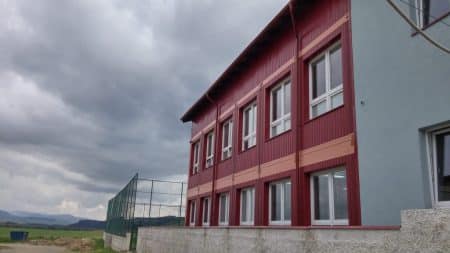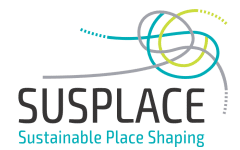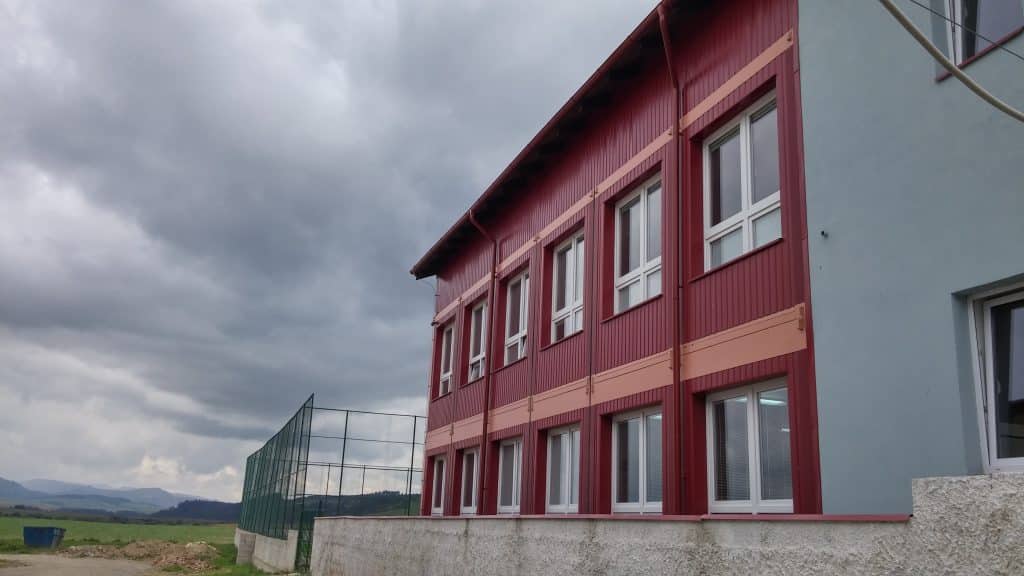
RegPol²
The European Marie Curie ITN project RegPol² on Socio-economic and Political Responses to Regional Polarisation in Central and Eastern Europe centres on new patterns of regional disparities between metropolised regions and the remaining parts of Central and Eastern European (CEE) countries. The program is coordinated by The Leibniz Institute for Regional Geography and organised around three Working Packages which deal with 1) how peripheralisation is constructed, 2) the governance of core-periphery relations and 3) adaptation, strategies and potentials. Part of the consortium are Social Impact, a non-profit agency for social innovation, MEPCO, an International Advisory Centre for Municipalities, and Geomedia, a consulting and training company in Estonia.
The 13 Early Stage Researchers (called Fellows) in this programme are clustered under the three WP themes. The training which they receive is organised in 5 ‘Schools’ of one week, approximately every half year and open for external PhDs as well. The School in September 2016 in the Tatra Mountains of Slovakia was organised by SPECTRA, a Centre of Excellence connected to the Department of Spatial Planning at the University of Technology in Bratislava. Their motto is: “Find the way to sustainable spatial development”.
I gave a key note lecture on leadership during this School. The programme seems less intensive then the SUSPLACE programme. As RegPol² already started 2,5 years ago, three Schools have already been organized as well as a mid-term review meeting. Some interesting activities they organise or facilitate in his program are national workshops with practitioners and representatives of governments, special issues of journals, post-programme activities, entrepreneurial spin-off (a consumer app) and an online digital library for all outputs. The final conference will be organised in September 2017 in Leipzig.

During the meeting Martin Müller from the Geographical institute at the University in Zurich gave an interesting key-note presentation on the multiple city and the Global East. He also presented empirical research on mega-events such as the Olympic games in Sotchi. A one-day conference was organized with policy makers on the topic of new regional development and planning in this specific part of Slovakia. Included in the programme was a half-day excursion to a peripheral area, the border area with Poland. Some villages in this region are mainly populated with Roma people, a process of social spatial segregation which occurred in the last 20 years. The picture shows a school made of containers to accommodate flexible amounts of children.
One of the visits was to an interesting social entrepreneurship building wooden houses. An ex-priest is leading this initiative, initiated by a business and a NGO. As per day around 600m2 of raw wood is exported out of this area per year, the initiators wanted to stop this and valorise their resources by building wooden houses, constructed in parts in a former storage building for wheat and assembled on site.They provide jobs for 15 people with a distance to the labour market, providing them with a salary which is average for Slovakia but high in this area. A house of 120m2 with beautiful quality and walls isolated with hemp costs 77.000 euro which is less than half of the normal price. The wood is from forests of ‘commons’, jointly managed by the community. They don’t cause competition with other building companies as most of them already have stopped as a result of import of cheap plastic windows from Poland.
Maros Finka, working at the SPECTRA Centre of Excellence in Slovakia, lives in this area and is strongly involved in local and regional development. He told about interesting examples of public community leadership. It is very difficult to engage Roma people in development. One of the projects approached the women of eight families, motivating them to provide better perspectives for their children. They offered 2 people per family a job, under the conditions that they would save 2.500 euro of their salary in the next 2 years. The government provided also 2.500 euro after this period and they could receive a mortgage of 5000 euro. This provided the families with sufficient capital to buy materials and build a house themselves with help of volunteers in the community. In the following 5 years they were expected to pay their mortgage. The mayor of the village played an important supporting role in this project. The results were positive and other families got interested in the project as well. Another initiative is to engage Roma children in the age of 12-18 in vocational training, a group which was quite demotivated till then. The children learn all sorts of professional skills such as sowing, hairdressing, construction, etc. This offers them opportunities to get a job in the are and they now actually enjoy going to school.
During the week it was interesting to learn about the similarities and differences between is RegPol² and SUSPLACE. An example is that the ESRs organise many activities themselves such as a ESR colloquium to discuss their project, methodological sessions such as qualitative content analysis and an informal workshop during the summer. The fellows are discussants of the invited key note speakers in each is RegPol² School. I hope to apply the lessons learnt here in the SUSPLACE meetings to come.

